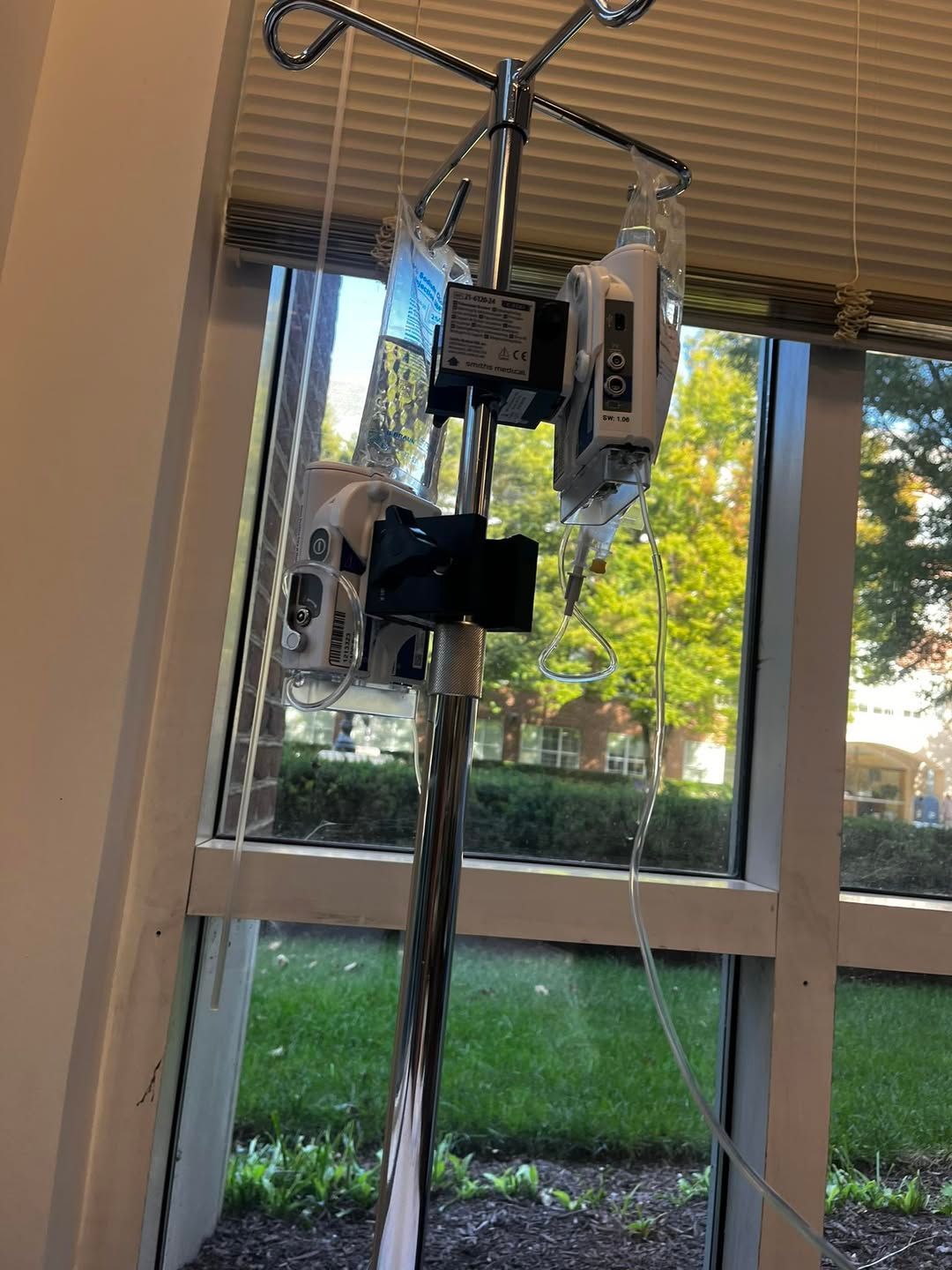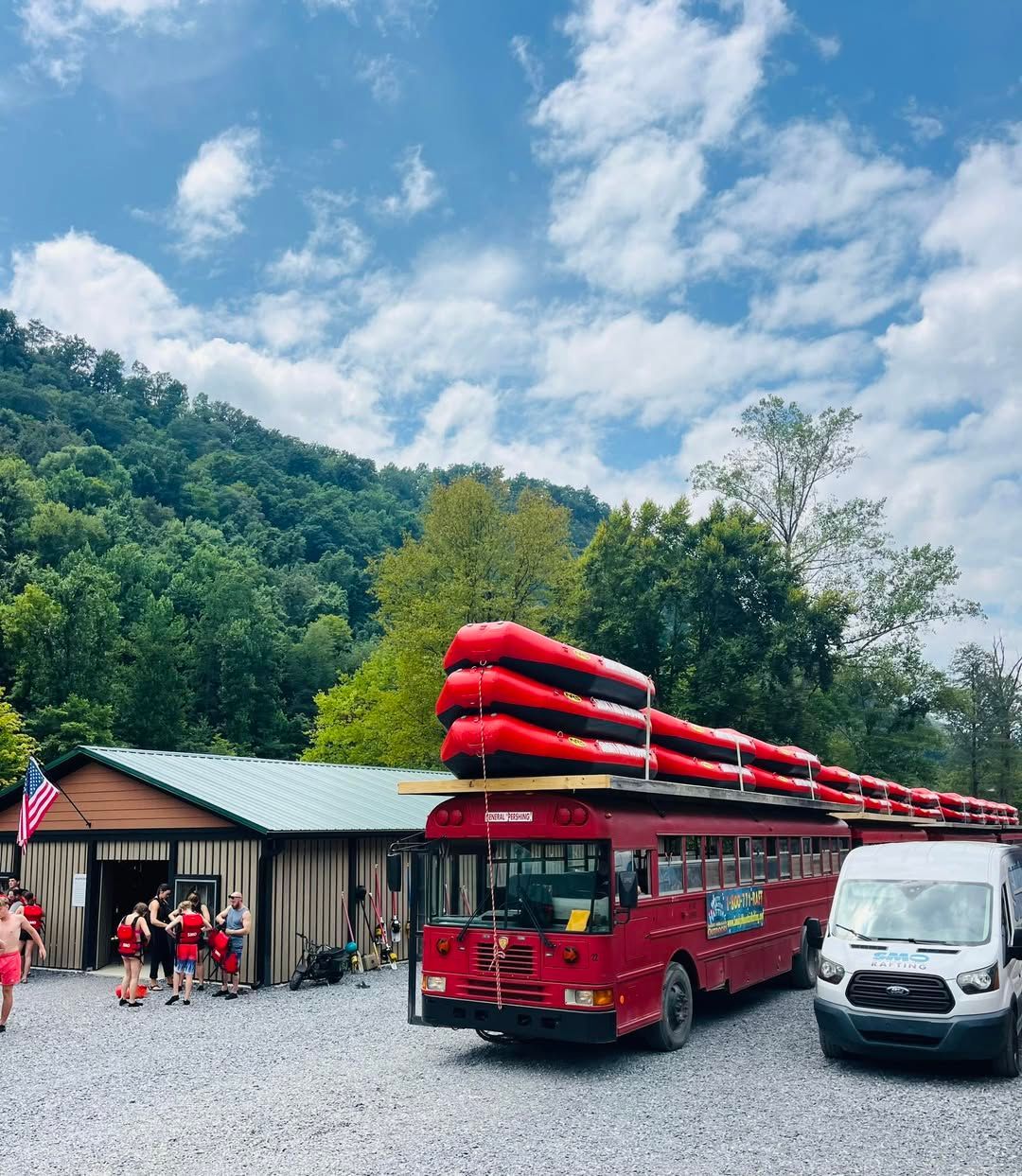Show Me Your Friends
My mother used to say, “Show me your friends, and I will show you who you are.”
This old adage was really annoying, but as an adult, I know it is true.
They say you are the sum of the five people you spend the most time with on a daily basis. I am not sure if this is scientifically backed, but it makes a whole lot of sense. When you surround yourself with others who have drive, initiative and goals, it cannot help but rub off on you.
As an educator, for years I have seen the value in scrapping a fixed mindset and exploring all options. Having a growth mindset and knowing you can change your situation at any time, is a key way to ensure you will keep growing and keep learning.
Intelligence is not simply a fixed, biological component you are handed at birth on a silver platter. Instead, we have the opportunity to grow our intelligence and learn from the world around us, the people around us and the experiences around us. Simply put- we get smarter because we adapt.
I learned much of these lessons the hard way.
I have spent the greater part of the last two decades figuring. I figured out how to raise three kids on my own. I figured out how to go back into the workforce after being a stay-at-home mom. I figured out how to go back to school after 40.
Ironically, now, my job is to help people figure. I help students figure out their schedule. I help students figure out their learning styles. I help students figure out where they want to be in five years. It is through my own personal growth that I grew my intelligence in figuring.
As students start to figure out their next steps, encourage them to keep an open mind about learning. The opportunity to develop and grow exists. There is no single blueprint for success. However, surrounding yourself with go-getters will help you figure out exactly where and who you want to be, go figure.











